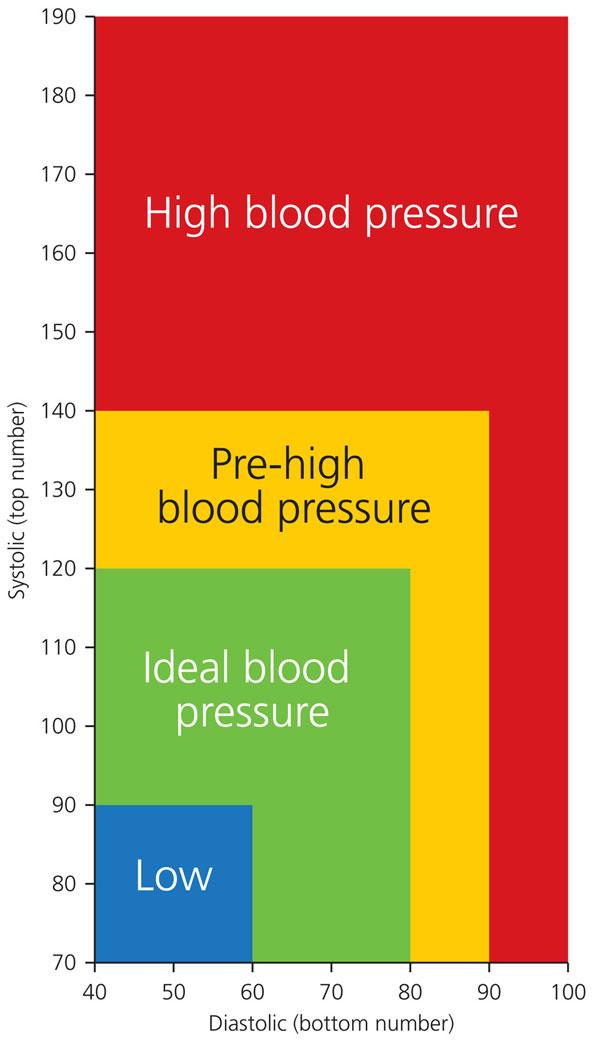When you visit your health care provider, a blood pressure measurement is one of the most important routine tests you’ll have.
Blood pressure is the force exerted by your blood against your arteries. As your heart pumps, it forces blood out through arteries that carry the blood throughout your body. The arteries keep tapering off in size until they become tiny vessels, called capillaries. At the capillary level, oxygen and nutrients are released from your blood and delivered to the organs.
Types of Blood Pressure
There are two types of blood pressure: Systolic blood pressure refers to the pressure inside your arteries when your heart is pumping; diastolic pressure is the pressure inside your arteries when your heart is resting between beats.
When your arteries are healthy and dilated, blood flows easily and your heart doesn't have to work too hard. But when your arteries are too narrow or stiff, blood pressure rises, the heart gets overworked, and arteries can become damaged.
Measuring Blood Pressure
Blood pressure is measured with an instrument called a sphygmomanometer. First, a cuff is placed around your arm and inflated with a pump until the circulation is cut off. A small valve slowly deflates the cuff, and the doctor measuring blood pressure uses a stethoscope, placed over your arm, to listen for the sound of blood pulsing through the arteries. That first sound of rushing blood refers to the systolic blood pressure; once the sound fades, the second number indicates the diastolic pressure, the blood pressure of your heart at rest.

Blood pressure is measured in millimeters of mercury (mm Hg) and recorded with the systolic number first, followed by the diastolic number. For example, a normal blood pressure would be recorded as something under 120/80 mm Hg.
Blood pressure readings can be affected by factors like:
Blood pressure is also affected by your emotional state and the time of day. Since so many factors can affect blood pressure readings, you should have your blood pressure taken several times to get an accurate measurement.
What Is Normal Blood Pressure?
Experts consider normal blood pressure to be less than 120/80 mm Hg. Based on population data, about 42 percent of American adults have normal blood pressure. At one point, blood pressure at or above 120/80 and less than 140/90 was considered normal to high; these numbers are now considered pre-hypertensive. Blood pressure consistently at or above 140/90 is considered high blood pressure or hypertension.
Blood pressure normally rises as you age and grow. Normal blood pressure readings for children are lower than for adults, while blood pressure measurements for adults and older teenagers are similar.
Blood pressure can also be too low, a condition called hypotension. Hypotension refers to blood pressure lower than 90/60. Symptoms of hypotension include dizziness, fainting, and sometimes shock.
Checking Blood Pressure at Home
Many people can learn to check their blood pressure at home. You can buy blood pressure kits that use the cuffs or electronic digital technology at your pharmacy, a medical supply store, or an online retailer.
Since high blood pressure can exist without any symptoms, it is important to know your numbers. High blood pressure can cause stroke, heart attack, heart failure, and kidney failure.
Getting your blood pressure checked is quick, painless, and one of the most important things you can do to better your health.
